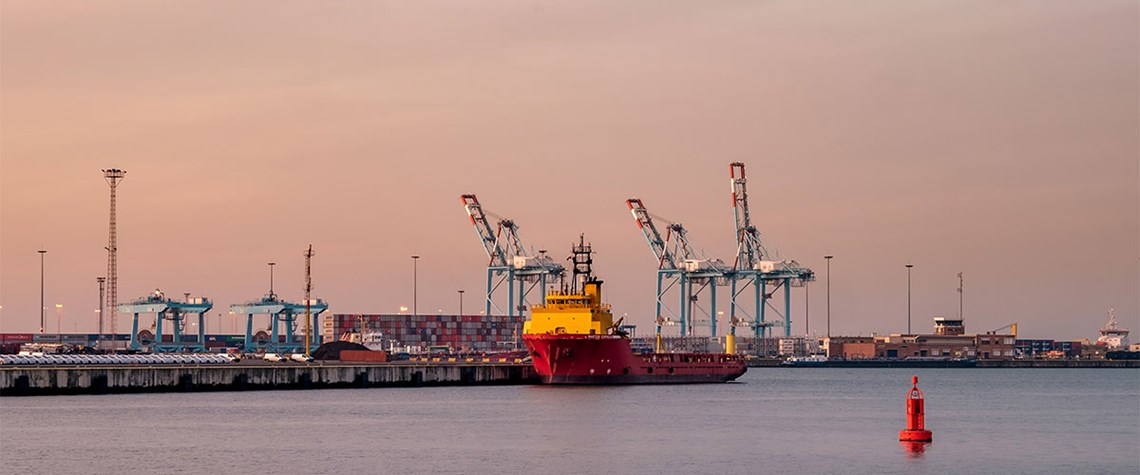Equinor and Fluxys study CO₂ pipeline project
Project would pump CO₂ from multiple emitters in northwest Europe to storage sites under Norwegian continental shelf
Norwegian energy company Equinor and Belgian gas grid operator Fluxys are studying the feasibility of laying a 1,000 mile (1,600km) pipeline to pump 20-40mn t/yr of CO₂ from multiple emitters in northwest Europe to permanent storage facilities under the Norwegian continental shelf. An investment decision on the project is expected in 2025, with commissioning taking place potentially before the end of the decade. The pipeline—access to which would be open to multiple emitters—would run from an onshore CO₂ hub operated by Fluxys at the Belgian port of Zeebrugge. 20-40mn t/yr – Potential CO₂ capacity of pipeline Liquefied CO₂ could be shipped in from neighbouring hubs connected to the Z

Also in this section
17 July 2025
Oil and gas companies will face penalties if they fail to reach the EU’s binding CO₂ injection targets for 2030, but they could also risk building underused and unprofitable CCS infrastructure
9 July 2025
Latin American country plans a cap-and-trade system and supports the scale-up of CCS as it prepares to host COP30
3 July 2025
European Commission introduces new flexibilities for member states to ease compliance with headline goal
1 July 2025
Supportive government policy, deforestation threat and economic opportunity drive forward the region’s monetisation of forest carbon








